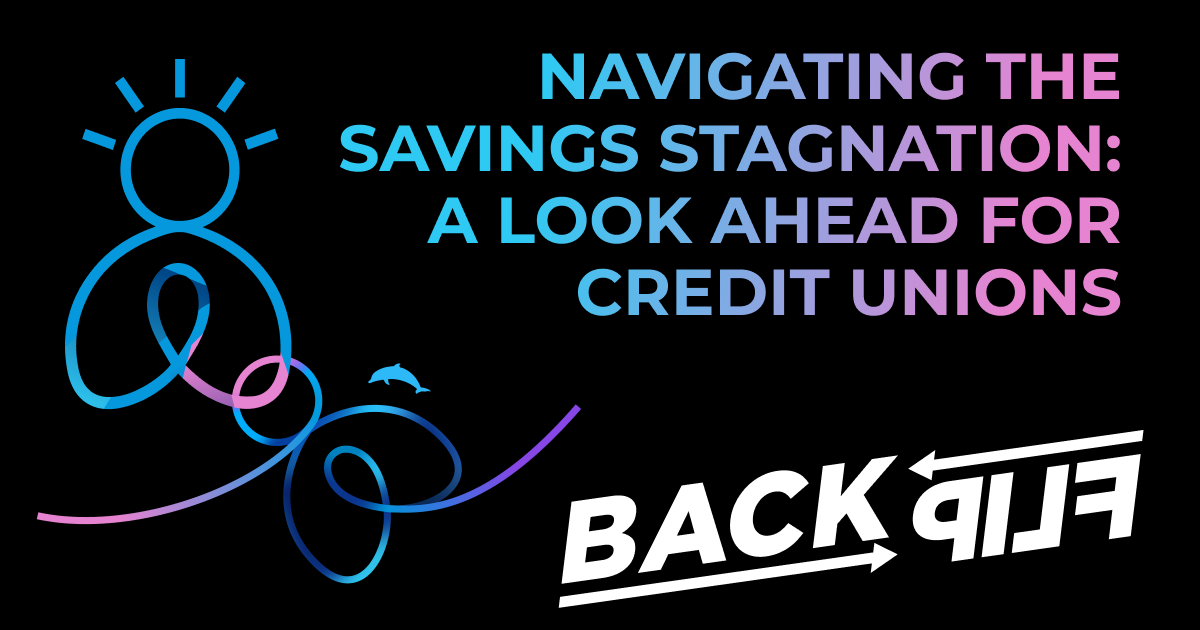The financial blueprint for credit unions is becoming increasingly intricate with the CUNA’s forecast group shedding light on a concerning trend: a marked stagnation in savings growth. The savings stagnation forecast spells out a near standstill in total credit union savings balances come 2023, with only a modest ascent of 3.0% projected for 2024. This scenario unfolds against a backdrop of other financial challenges, making the road ahead for credit unions a testing one.
Here’s a breakdown of the core facets of this savings growth predicament:
Savings Growth Stagnancy:
The essence of credit unions—pooling savings to fund lending activities—is facing a hurdle with the anticipated weak savings growth. The near-flatline in savings balances in 2023 reflects a changing financial behavior among members, possibly inclined towards alternative investment avenues.
Rippling Financial Implications:
This stagnation in savings growth can ripple into other financial dimensions of credit unions. A squeezed savings pool can potentially escalate funding costs, strain liquidity, and hamper lending capabilities, thereby affecting overall financial health.
Strategic Imperatives:
In light of this, credit unions might need to revisit and realign their strategies. Enhancing member engagement, offering competitive savings rates, and exploring alternative funding avenues could be part of the strategic toolkit to navigate this challenge.
The Long View:
While the immediate horizon presents this challenge, the ethos of community-centric financial service that underpins credit unions remains a strong leverage point. With innovative solutions and a member-first approach, credit unions can work towards overturning the savings growth stagnancy and continue to foster financial inclusivity.
The narrative of weak savings growth is a call to action for credit unions to adapt, innovate, and continue to uphold the financial well-being of their communities. The journey might be challenging, but with strategic foresight, credit unions can strive to ensure their financial robustness and sustained service to members in these testing times.
